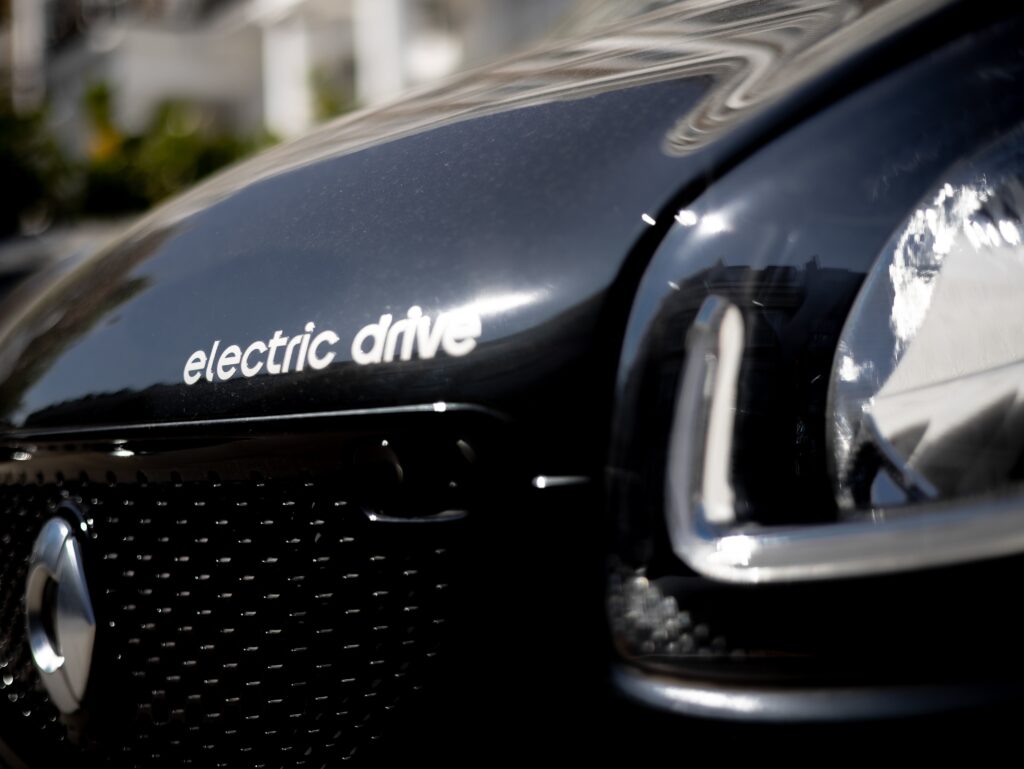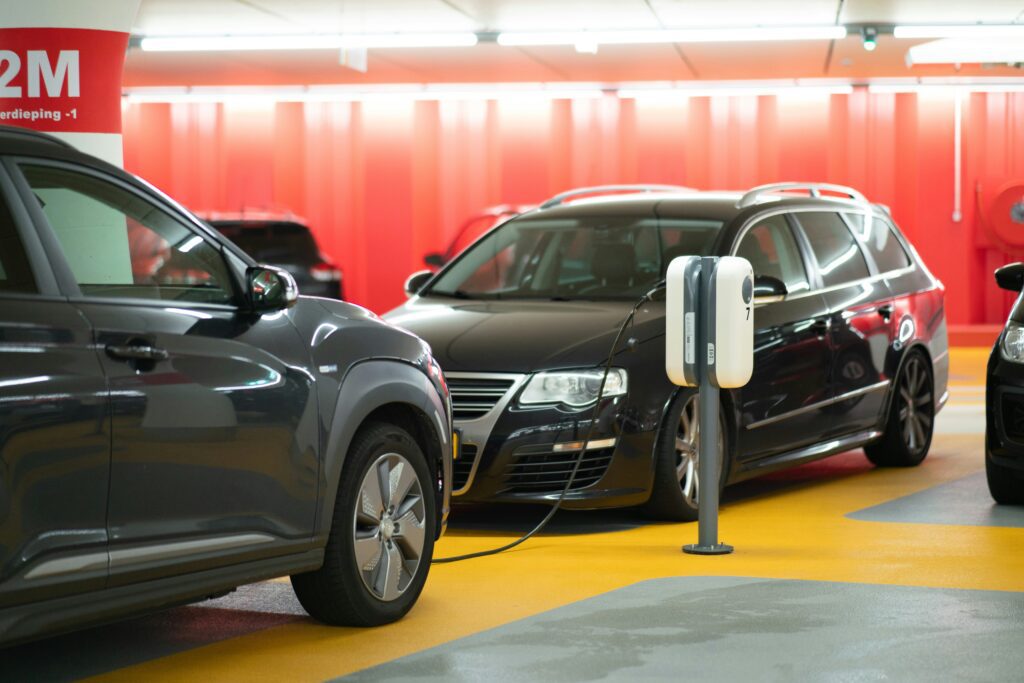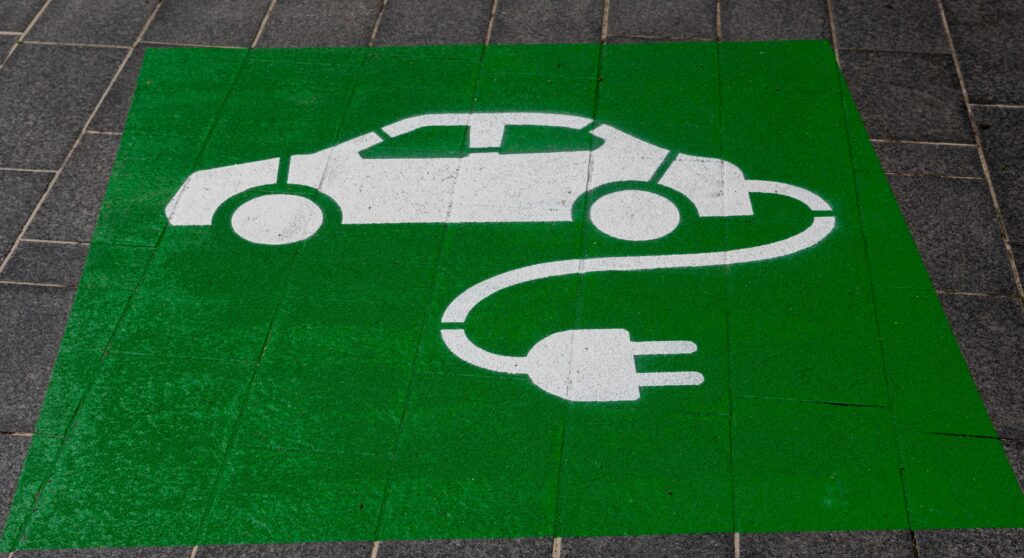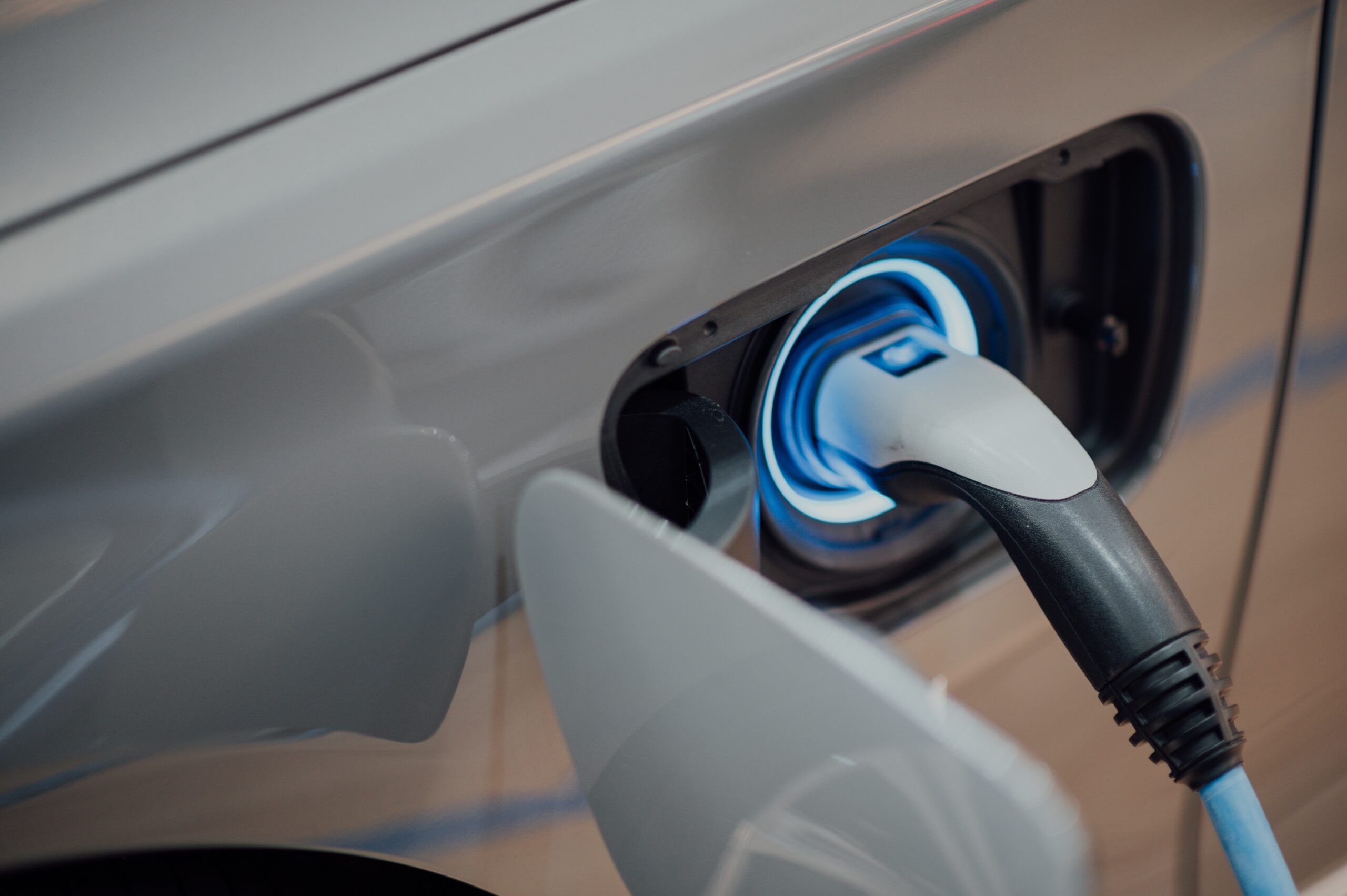With every volt and jolt of electricity, a new epoch in transportation history takes shape. We dive into the electric tale of vehicles that harness the elemental force of electricity, a story rooted in time and emerging into a paradigm-shifting future. The grid of our exploration maps the inception, rise, and potential trajectory of Electric Vehicles (EVs), tracing not only their technological evolution but also their ecological implications and future prospects. Through the dusty backroads of past innovation, the bustling highways of contemporary leaps, and the visionary skyways of the future, we voyage together on this electrifying journey.
Birth and early developments in electric vehicles
The Genesis and Early Advancements of (EVs)
In the annals of transportation, the birth and evolution of electric vehicles (EVs) occupy a salient position. Quite contrary to popular belief, this innovative form of transportation, remarkably celebrated in today’s climate-conscious world, did not originate in the 21st century; rather, its roots can be traced back to the early 19th century.

In 1832, Robert Anderson, a Scottish inventor, conceptually advanced the idea of ‘electric carriage,’ a vehicle that relied on primary cells for energy. Considering the technological constraints prevalent in the 19th century, Anderson was unable to develop a practically viable prototype; yet his conjectures were hallmarks, laying the groundwork for future advancements.
Amidst the turmoil of the Civil War in the United States in the late 1800s, Thomas Davenport, a blacksmith, shaped Anderson’s ideas into reality. Davenport’s pursuit led to the introduction of DC motors that charged at railway stations – a rudimentary precursor to the idea of charging stations, an integral component of modern electric automotive infrastructure.
Progress gathered pace at the turn of the century. Between the late 1800s and early 1900s, innovators such as Thomas Parker and Ferdinand Porsche made seminal contributions. Parker, an industrialist and innovator from London, committed to electrification, designed an EV in 1884 – arguably one of the first practically applicable electric vehicles. Around the same time, Porsche, a name synonymous with high-speed luxury vehicles today, developed the P1; debuting in 1898, it was his inaugural and one of the world’s first wholly electric vehicles.
In the early 20th century, EVs held a considerable market share, where electrics outsold all other types of cars. In the silent film era, electric taxicabs were commonplace on the bustling streets of New York City; it was a time free from internal combustion engine noise.
Why then did these early EVs lose this considerable market footprint? The answer lies in the simultaneous advancements in internal combustion engines (ICE). With the advent of affordable and easily extractable gas, together with the development of mass production techniques by industrial magnates like Henry Ford, ICE vehicles became significantly less expensive than their electric counterparts.
The discourse on EVs has enjoyed a significant resurgence in recent years, driven by the awareness of climatic change and the pivotal role of sustainable transportation in this context. Although today’s EVs have come a long way from their 19th-century antecedents, the foundational principles formulated by early innovators like Robert Anderson and Thomas Davenport remain central. Today’s advancements are but a continuum of these early, pioneering efforts; a testament to human ingenuity in the sphere of sustainable technology growth.
Innovations leading to the commercial viability of (EVs)
As we venture deeper into the realm of electric vehicle (EV) history and advancements, it’s important that we examine the substantive technical and design innovations that made EVs commercially viable. Illustrating this journey necessitates the exploration of a complex interplay of powerful forces and seminal moments.

Arguably, the commercial viability of EVs commenced through a series of critical advancements in battery technology. Prior to the late 20th century, electric vehicles primarily ran on lead-acid batteries, which, though reliable, had significant downsides. Their bulk, weight, and limited storage capacity impeded vehicle performance and contributed to a far shorter range than conventional gasoline-powered automobiles. The advent of nickel-metal hydride (NiMH) batteries in the late 1980s, however, significantly advanced EV capabilities, offering a better energy-to-weight ratio, longer lifespan, and much-improved energy density.
Yet, it was the development of lithium-ion batteries that truly galvanized the EV industry. Invented by John B. Goodenough, Rachid Yazami, Akira Yoshino, and their respective teams in the 1980s and early 1990s, these batteries possess high energy and power densities, making them ideal for vehicular applications demanding extensive power and rapid charging. Utilized by industry giants like Tesla Inc., these batteries have become the de facto power source for EVs, propelling their phenomenal range and performance capabilities.
Alongside batteries, another crucial innovation is the development of advanced electric motors. The invention of synchronous reluctance motors, and later, the induction motor by Nikola Tesla, revolutionized the world of electric machinery. Today, most EVs use a variant of these, known as the Permanent Magnet Synchronous Motor (PMSM). These motors not only offer greater speed than their predecessors but also provide high torque at low speeds, leading to better vehicle acceleration and performance.
The integration of power electronics, specifically, the invention of the Insulated Gate Bipolar Transistor (IGBT) and inverter technologies, played a vital role in EV commercial viability. The IGBT acts as an electronic switch that is essential for modulating power within an electric vehicle, allowing for adjustments in speed and torque. The inverter, on the other hand, converts the DC power from the battery pack into AC power for the electric motor. These advancements have commanded a new level of control and efficiency in the operation of EVs.
Regenerative braking systems also deserve mention in this technological lineage. Introduced in the late 20th century, this system recovers some of the energy typically lost during braking and converts it into reusable electricity, thereby enhancing efficiency and increasing the operating range of EVs.
It’s also worthwhile to highlight advancements that figure less prominently but contribute significantly to the overall performance and comfort of EVs. Improvements in thermal management systems, weight reduction through the use of composites, and streamlined vehicle designs all contribute to making electric vehicles appealing to consumers.
In conclusion, it is evident that a chain of significant technological advancements, often outside the public gaze, has anchored the commercial viability of electric vehicles. This should serve to underscore the fact that no innovation exists in a vacuum; indeed the march of progress is invariably the result of inventive minds persistently pushing the boundaries of feasibility. It is then, at this intersection of curiosity and endeavor, that tomorrow’s innovations will emerge.
Environmental Impact and Sustainability of (EVs)
Gazing upon the ongoing narrative of electric vehicles (EVs), it is time to delve into their corresponding environmental facets and their viability in supporting sustainable solutions. Notably, the dimensions surrounding environmental impact and sustainability extend beyond the conception and evolution of EVs, probing into life cycles, emissions, energy sources, recyclability, and the decarbonization potential offered by these vehicles.

The environmental crane of EVs hovers heavily over the issue of greenhouse gas emissions. A common misunderstanding prevails that EVs might generate zero emissions due to the absence of an exhaust pipe. However, an informed analysis must encompass the entire lifecycle of the vehicle, from production to recycling. Factually, EVs are associated with higher emissions during the production phase, primarily owed to the battery production process that involves mining, processing, and transportation of metals such as lithium, nickel, and cobalt. This segment of their life cycle often dubbed as ‘carbon debt,’ raises pertinent inquiries regarding the sustainability of EVs.
Yet, as we transition from production to the utilization phase, crucial shifts emerge. Depending on the source of electricity, EVs might produce considerably less greenhouse gas emissions during their lifespan compared to internal-combustion vehicles. For instance, in regions dominantly powered by renewables or nuclear energy, the environmental burden of EVs can be reduced substantially. This presents a compelling argument that the environmental impact of EVs is intrinsically tied to the greening of power grids and renewable energy production. Therefore, focusing solely on vehicle technology might prove inadequate; simultaneous emphasis on adopting cleaner energy production methods is equally imperative.
Key attention also must be paid to battery disposal. Current lithium-ion batteries are not fully recyclable, triggering a potential environmental hazard when their lifespans end. However, developments in this realm are afoot, with enhanced recycling techniques and exploration of alternate battery technologies (such as solid-state batteries) being undertaken.
Additionally, another less-discussed facet is the potential of EVs in grid and energy management through vehicle-to-grid (V2G) technologies. This could allow EVs to feed excess power back to the grid during peak demand times or utilize their batteries as storage devices facilitating better renewable energy utilization.
Despite these complexities, the role of EVs in decarbonizing transport and curbing climate change appears significant when compared to vehicles running on fossil fuels. As battery technology progresses and renewable energy production expands, it can be predicted that the environmental benefit of EVs will amplify.
In sum, while the environmental impact of EVs does bear certain burdens, their potential to contribute to a more sustainable and clean future, particularly within a comprehensive and interconnected energy ecosystem, cannot be overlooked. The field continues to evolve, promising fascinating new developments and a greener horizon for transportation.
Future of Electric Vehicles
Looking ahead, the future of electric vehicles (EVs) appears to hold a multidimensional potential – technologically, economically, and environmentally. Innovative advancements are poised to create a transformative impact across the EV ecosystem, affecting not only the components of the vehicles themselves but also the supporting infrastructure and energy frameworks.

Consider, for instance, the advent of solid-state batteries. Whereas lithium-ion batteries largely dominate the current EV landscape, solid-state batteries present an exciting leap forward. Endowed with a greater energy density, these batteries have the potential to vastly enhance both the range and life expectancy of EVs. They also promise increased safety due to the absence of the flammable liquid electrolyte present in traditional batteries. Further research and development can usher in this new era of battery technology, unlocking enhanced performance for EVs.
While discussing infrastructural support for EVs, charging technology is inevitably a key element to consider. High-speed, ultra-fast charging stations that can bring an EV’s battery from zero to full charge within minutes, not hours, may soon become the norm. However, achieving this necessitates the strategic balancing of enhancing charging speed without compromising battery health and longevity. Wireless charging technology, which facilitates power transfer between a ground-based charging pad and an EV through electromagnetic fields, is another avenue of development. These advancements can ameliorate a prominent concern amongst EV users – range anxiety.
Integrated with the progress in charging technology is the anticipated growth of smart grids. Power management systems will evolve to accommodate fluctuating energy demand from EVs. Future smart grids could dynamically adapt to electricity demand and supply, functioning in tandem with renewable energy sources. The implementation of Vehicle-to-Grid (V2G) technologies can enable EVs to feed excess power back to the grid during peak demand, further stabilizing the grid and promoting energy sustainability.
Turning towards autonomous driving technology — electric automated vehicles (EAVs) serve as an amalgamation of electrification and automation. Cleaner, safer, and more efficient mobility is the propelling vision behind EAVs, offering a novel avenue for the expansion of EV technology. Achieving this vision rests upon significant advancements in machine learning algorithms, sensor technology, data processing, cybersecurity, and supporting legislation.
A broader scope of the future of EVs involves potential economic shifts tied up with mass adoption. Widespread EV usage can trigger large-scale movements in energy markets, with decreased dependence on fossil fuels and increased demand for electricity. It may facilitate the emergence of new economic sectors offering EV-related products and services, driving innovation and job creation.
The future of EVs also plays a part in the grand stage of climate change. Swift, ubiquitous adoption of electric vehicles, coupled with a transition to renewable energy sources, can significantly reduce greenhouse gas emissions and aid in the achievement of international climate goals. As EV technology continues to improve, its role in combating climate change will only become more pivotal.
The trajectory of EV technology is moving well beyond its current horizons. The interplay of continued technological advancements, infrastructural development, adoption incentives, ecological awareness, and policy support will steer the EV industry toward a future that holds immense promise. From solid-state batteries, through charging technology to EAVs, the electric wheels of innovation are rapidly turning. We stand on the threshold of a new era where EVs are not just an alternative, but the cornerstone for a sustainable transportation future.
Conclusion
As we look in our rear-view mirror, the contours of the electric vehicle revolution become clearer. This exploration of the past, present, and future of electric vehicles strongly suggests that they are poised to play a central role in transit systems worldwide. Accelerated by technological leaps, environmental urgency, and societal acceptance, the function of EVs is transcending beyond just wheels on a road. They are emerging as catalysts of wider transformations, be it in energy systems, digital technology, or lifestyle norms, becoming vehicles of change itself. Just as the sparks of the first electric vehicle ignited the imagination of many a century ago, the promise of this electric future continues to galvanize our inventive spirit.

Hi, I’m Nathan Cross, a writer and avid reader who loves crafting articles for newspapers and online platforms. Words are my passion, whether I’m telling stories, sharing insights, or sparking conversations. When I’m not writing, you’ll find me lost in a book or out on the baseball field, enjoying the game that keeps me grounded. Writing, reading, and baseball—these are the things that define me.




